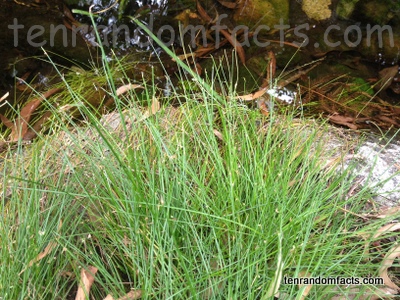Don’t miss out on a swamp club-rush membership – all you have to do is read on!
- Swamp club-rushes are a species of perennial, grass-like vegetation native to Australia, New Zealand, South America, Malaysia, Philippines and Indonesia.
- The scientific name of swamp club-rush is Isolepis inundata, previously known as Scirpus inundatus, and it is from the family Cyperaceae, the family of sedges.
- Swamp club-rushes grow in thin blades with the plant reaching heights from 5 to 50 centimetres (2 to 20 inches) and about 40 centimetres (16 inches) in diameter.
- The ‘flowers’ of swamp club-rushes are small and spiky in appearance, and are clustered in three to twenty spikelets.
- Both swampy environments and gullies can house swamp club-rushes, and they prefer sunny or partly shady conditions.
- Swamp club-rushes bloom from September to February, the spring and summer months.
- The vegetation of swamp club-rushes is typically a vivid green colour, while the blooms are brown, to pale yellow or cream.
- The first scientific description of swamp club-rushes was in 1810, by Robert Brown, a botanist from Scotland, who observed the plant in Australia on an expedition there.
- Swamp club-rushes can be used for landscaping purposes, particularly those involving water, and they prefer moist soil conditions, though they are hardy and versatile.
- Swamp club-rush plants grow from rhizomes that tend to multiply, and the plant produces tiny, triangular shaped nuts that are pale red-brown to yellow in colour.





